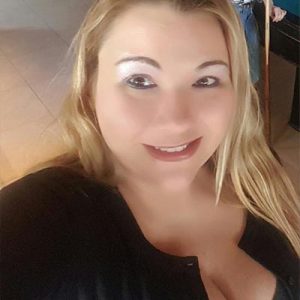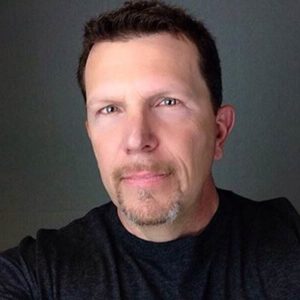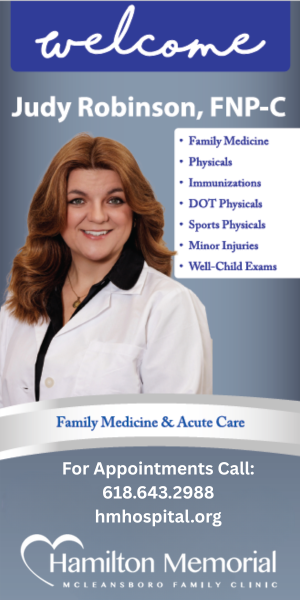Report courtesy of Toby Brown
Watching his mother wage a seven-month battle with cancer was a difficult – and ultimately life-changing – experience for young Patrick Haskell.
Just barely a teenager at the time, Haskell vowed he would honor his mother’s memory by embarking on a career of helping others.
And that’s what he is still doing today at Oak Street Chiropractic Clinic in Carmi.
The California native, who moved here in 2002 and is nearing his two-year anniversary at Oak Street Chiropractic, was the guest of the Carmi Kiwanis Club on Thursday, July 26.
Haskell explained what chiropractors do, and gave the members some insight into the relationship between the brain, spine, ligaments, muscles and nerves.
The backbone is the “input” to the brain and the nervous system the “output.” The brain and spine are “intimately connected,” said Haskell, who pointed out the brain is the only organ in the body completely encased in bone.Coming off the spinal chord are spinal nerves.
“Those reach out and go to all the cells and tissues of the body,” he said.“They cover every square inch of our skin and that’s where the signals come in and out to the spinal chord, and back and forth from the brain.”
Haskell also explained the importance of ligaments, muscles and joints.
“By far, the greatest input into our brains comes from our muscles and joints,” he said. “In fact, it’s about 90 percent of the input. If you had to be growing 90 percent of your own food in your garden in the back yard, you’d be pulling weeds every day, collecting rainwater for times like this, fertilizing… And we should be taking care of our spine the same way we would take care of that garden because it’s so important.”
Not only is spinal health important from the “input” side, but also from the “output.”
“Most of the brain’s activity is spent keeping our organ systems running properly and keeping them coordinated,” said Haskell. “…A spine problem is not just a spine problem; it’s a brain problem.”
Haskell gave examples of four common types of trauma — a fall from a bike, sports injuries, car accidents and concussions – and said, “These are big traumas and they can really do damage to the spine, tear up the ligaments and injure the joints. If that happens with any of those bad enough, or even if you get lots of little, repeated injuries, you can damage the spine and interfere with the way things are lined up or how they’re able to move.
“And over time, injuries to a joint, if it’s not moving properly, will cause it to degenerate. If that happens in the joints, we call that arthritis. If it is happening to the disc, that’s disc degeneration.”
Haskell explained that chiropractors look for those misalignments and restrictions in the spine and try to get them moving again, which slows down the degeneration process and over time, might be able to even stop the process.
Before going to chiropractic school, Haskell had joined the Navy Reserves and was going to be a Corpsman. He said he worked in a lot of different hospitals in the navy.
“They were good people and very smart people,” he said, “but it just didn’t sit right with me. It seemed like they were very, very quick to hand out a medicine.
“…So when I learned about chiropractic, it made more sense to me to try to jump-start the mechanisms in the body for it to heal itself. That changed my path, so I went on to chiropractic school.”
In club business, President Holly Healy told the club members that former University of Kentucky and NBA star Walter McCarty has been confirmed as the club’s guest on Thursday, Aug. 9. McCarty, an Evansville, Ind. native, is the new men’s basketball coach at the University of Evansville.













